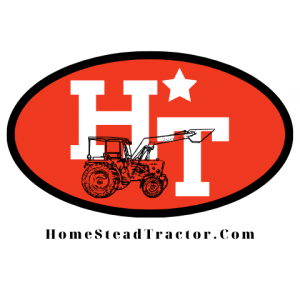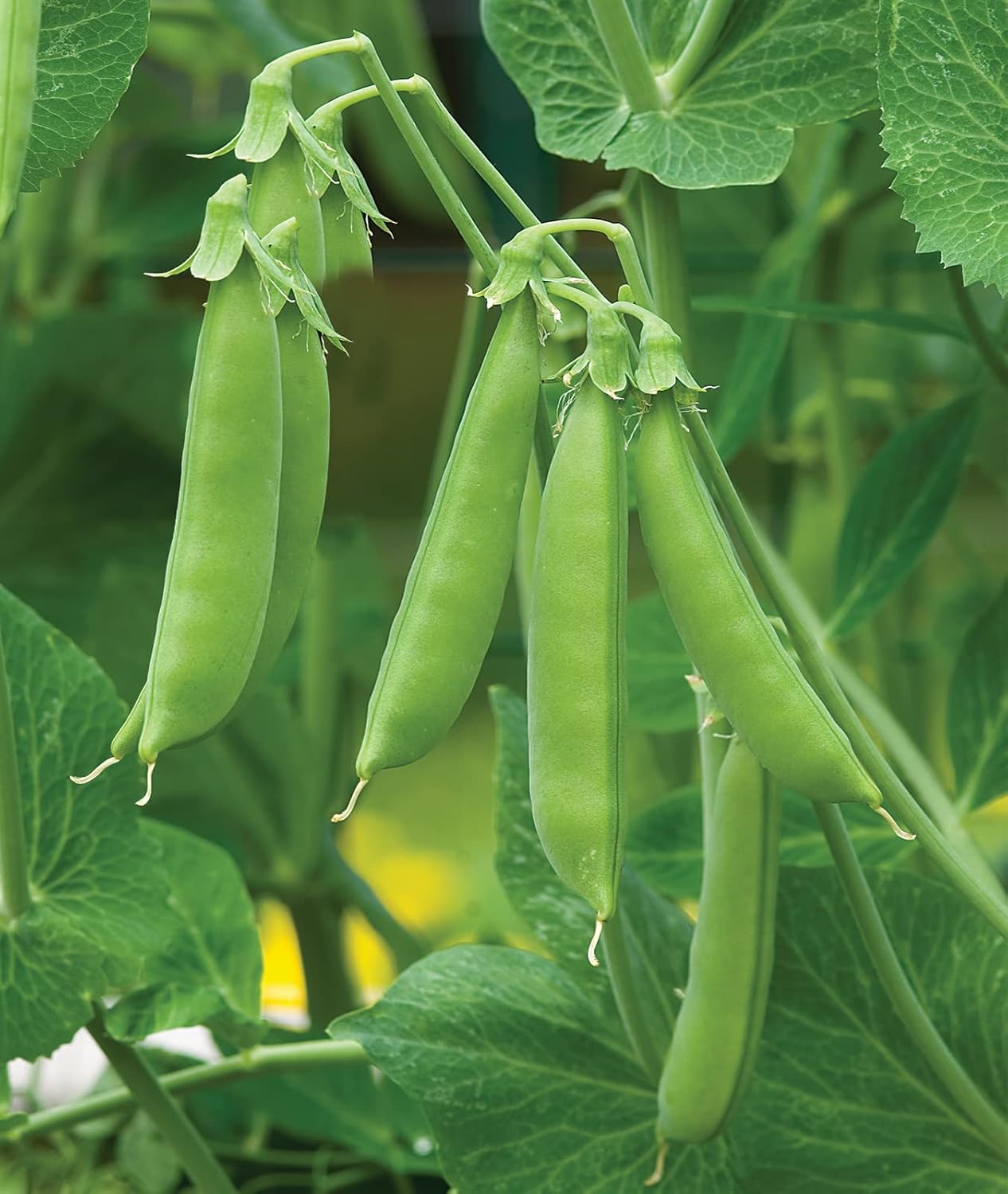Starting with our salads, soup, and other healthy meals, vegetables, crops, and leaves are key for daily nutrition. Because of their great nutritional content, they are in high demand. The vegetable farming industry is one of the most successful agricultural companies you can imagine since it grows virtually constantly and very well. Thus, it ensures that you always have enough to sell. Vegetable little seed farms business requires minimal capital to start and can yield a higher profit, so if you’re thinking about starting one, make sure to conduct all necessary market research and feasibility studies.
Short Summary
What’s Most Advisable for Vegetable Planting: Plant Seeds, or Transplants?
There’s nothing wrong with a garden with small plants you buy, known as transplants. Many people do it! In truth, a few veggies are difficult to cultivate from seed and are best bought as young seedlings from a nursery or garden store. Transplants also allow you to start growing fragile vegetables that demand a long, warm growing season, such as tomatoes, peppers, and eggplants.
However, unless you live in an area with a short growing season, many vegetables are simple to start from seed at home.
Here are a few of the seeds you need to plant right now:
1.) Carrots
Carrots are included because they’re incredibly easy to grow if planted in loose, sandy soil throughout the milder months of the growing season — spring and fall. This vegetable come in various colors, ranging from purple to white, and some are disease and insect-resistant.
The carrots of many novices are short and misshapen. This is usually due to poor, rocky soil; therefore, soft, loose soil that drains effectively is essential. Mix additional sand to loosen it up even further. It’s also critical to thin carrot seedlings to the proper spacing to avoid overcrowding.
2.) Green Beans
Beans can thrive in even the poorest soils because they fix nitrogen as they grow. Bush cultivars don’t need trellising, while pole versions have a longer harvest. Snap beans are the simplest to grow in cool climates. Lima beans, asparagus beans, and peas are easy to cultivate in hot climates. Beans are fast-growing plants that thrive in warm, moist soil.
3.) Radishes
You can harvest radishes as soon as 24 days after planting and be interplanted with crops that take longer to grow. You can plant radishes as soon as you can work the soil in the spring. Sow each seed at least 2 inches apart, or thin them out after sprouting. It would help if you used half an inch of compost or soil to cover the seeds.
Here’s a hint: Carrots and radish seeds go together like a dream. Before sowing, combine radish and carrot seeds, especially if your soil is prone to forming a stiff crust. These radishes are quick to sprout and will push up through the dirt, breaking it up for the carrots that will sprout later. The carrots will fill in the row as the radishes are harvested.
4.) Cucumbers
Prepare ahead of time for cucumbers by amending the soil with nitrogen and potassium-rich fertilizer to encourage the plant’s enormous harvests. Plant cucumbers in the sun adjacent to a fence if feasible. The fence will work as climbing support as well as a shelter. Alternatively, put them near corn. The maize will keep the cucumbers warm while also acting as a windbreak.
5.) Peas
Peas can be worked as soon as possible in the soil, ideally two weeks before your region’s typical last spring frost. To ensure a steady supply of peas throughout the summer, seed cultivars with varied maturity dates simultaneously. Then, about 2 weeks later, spread more seeds. Continue to seed in this way until mid-June.
6.) Lettuce
We’ve never come across a garden that couldn’t produce Lettuce.
Lettuce can be planted directly in the ground or started indoors for transplanting. In our climate, it’s one of the few crops that can be produced all year, although it should be shaded and picked at lesser proportions in hot weather. Lettuce growth slows in the shadow, and it also takes longer to bolt or go to seed so that it can be harvested for longer.
You’ll never grow tired of creating new lettuce varieties because of the infinite diversity of any shape and shade, whether red or green. Leaf lettuce may be trimmed as it grows, giving you many harvests from a single lettuce plant by just snipping off what you need.
7.) Zucchinis
Put zucchini and other squash seeds directly into your garden at the end of the spring planting season. When soft-skinned squash is mature, eat it right away; you can store thick-skinned squash for the winter. Learn how to cultivate zucchini and squash and how to eat their edible blooms.
Zucchinis are well-known for their ease of cultivation from seed. Grow zucchini in bright sun and moist soil for a wonderful harvest.
8.) Kale
Whether you like it or not, Kale is an extremely hardy plant that can grow in a wide range of temperatures. It can be collected at various stages, and the buds and blooms are also tasty! Mustards and collards are close relatives of Kale, and both are quite easy to raise.
Kale can be planted at any time of year, from early spring to early summer, and will thrive until the weather becomes too hot. If you live in the southern United States, you should plant again in the fall. Another advantage of Kale is that it only gets sweeter after a couple of frosts. Stir-friend, steamed, or baked Kale are all good options. Serve in salads, smoothies, casseroles, omelets, or anywhere else spinach is used.
9.) Beets
You haven’t lived until you’ve had the pleasure of tasting beets you’ve produced yourself. We mean it! Nothing beats garden-fresh beets that have been cooked or roasted till soft. You must always trim seedlings because the odd seed capsules only contain two or three beet seeds. It would help if you planted seed capsules approximately an inch deep and 4 inches apart.
You can harvest the roots whenever you want until they reach the size of a tennis ball. Why not test a few of the leaves while you’re waiting for them to plump up? They can be used in the same way as spinach, giving you two harvests from a single plant.
Final Takeaway
With easy-to-grow fruits, vegetables, and little seed farms like these, you’ll see how simple, gratifying, and pleasant it can be to cultivate your own. BioAdvanced 701290B Insecticide and Scotts GrubEx1 Season Long Grub Killer can help keep your homegrown foods pest-free and healthy as you grow. Always match your plants and pests to the product label, and pick the pesticide and slug and snail killer that best suits your needs (also see Budget Pest Control: Getting Rid of Pests on Your Farm). These pesticides are dedicated to assisting you in growing beautiful, productive gardens and enjoying the fruits — and vegetables — of your labors.









